The Arduino Uno R3 WiFi ESP8266 32MB is a powerful microcontroller board that combines the functionality of an Arduino Uno R3 with an integrated ESP8266 WiFi module, making it perfect for wireless and IoT-based applications. With 32MB of flash memory, this board allows users to store and execute more complex programs while maintaining seamless WiFi connectivity.
Dual Microcontroller System for Enhanced Performance
This board features two powerful processors:
- ATmega328P – The classic Arduino Uno processor for handling I/O operations, analog readings, and core functions.
- ESP8266 – A dedicated WiFi module that enables wireless connectivity, data transmission, and IoT applications.
Seamless WiFi Connectivity
The onboard ESP8266 module allows you to connect to the internet, communicate with cloud platforms, or control devices remotely. It supports both station (STA) and access point (AP) modes, making it ideal for home automation, smart projects, and wireless data logging.
Ample 32MB Flash Memory for Advanced Projects
Unlike standard Arduino Uno boards, this version comes with 32MB (256Mbit) of flash memory, enabling the storage of larger sketches, firmware, and WiFi configurations without memory constraints.
Multiple Communication Interfaces
The board supports UART, SPI, and I2C communication, allowing seamless interaction with various sensors, displays, and peripheral devices.
USB-to-Serial CH340 Converter for Easy Programming
Equipped with a CH340 USB-to-serial converter, the board ensures smooth programming and debugging via USB without requiring additional drivers. The board can be programmed using the Arduino IDE, AT commands, or LUA scripts, making it highly flexible.
5V & 3.3V Operation for Component Compatibility
The board operates on 5V, but the ESP8266 runs on 3.3V, allowing compatibility with a wide range of sensors, modules, and shields.
Ideal Applications
- Internet of Things (IoT) Projects – Smart home automation, cloud-based monitoring, and data logging.
- Robotics & Wireless Control – Remote control robots and automation systems.
- Web Server Applications – Create a web interface to control devices.
- Wireless Sensor Networks – Collect and transmit data over WiFi.
- DIY and Prototyping – Experiment with smart technology and wireless communication.

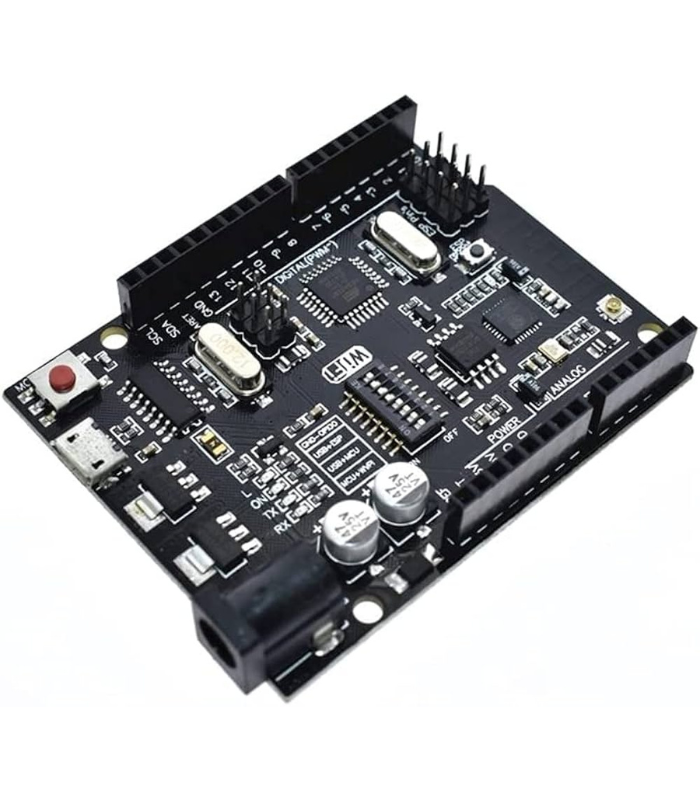
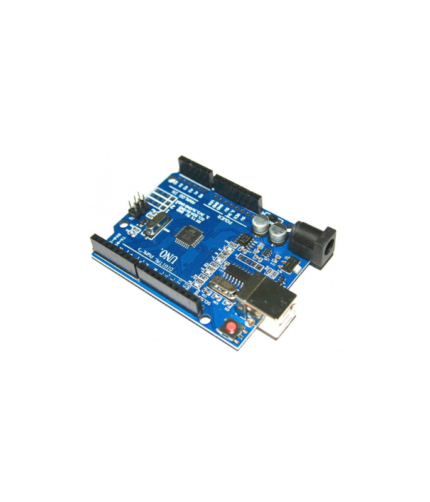

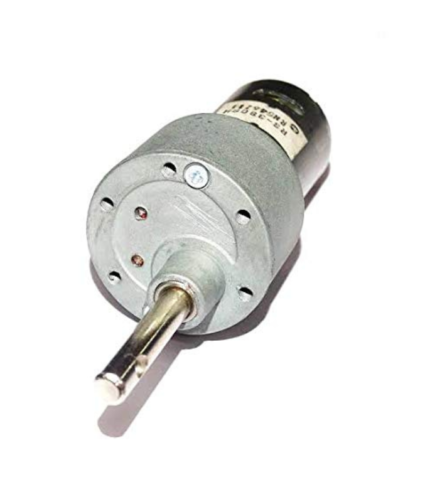
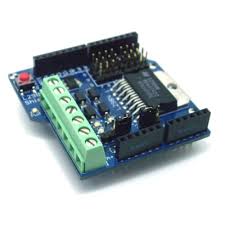
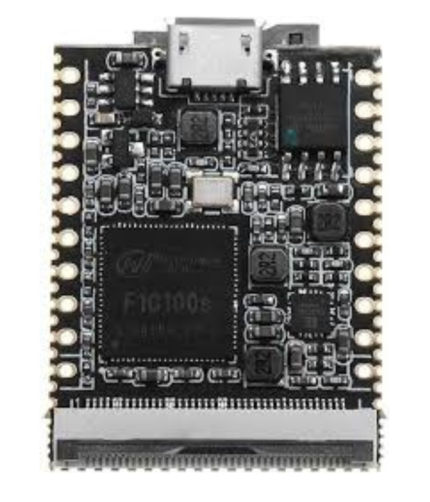
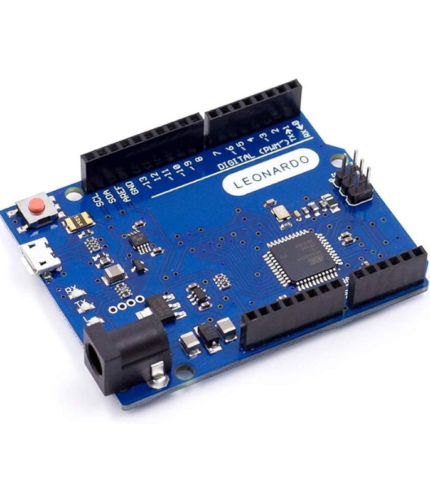
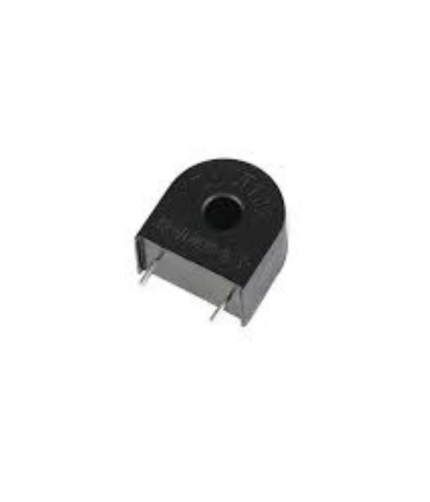
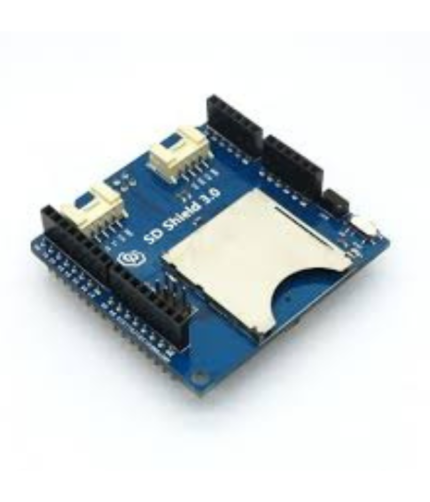

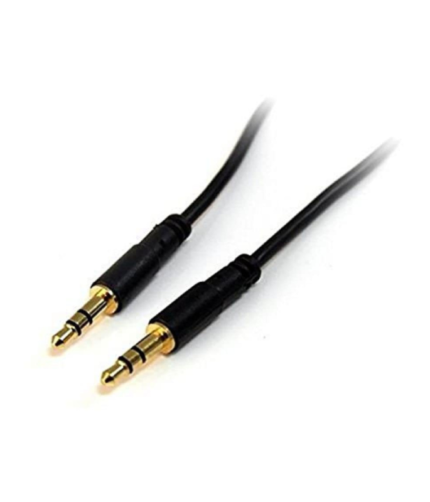
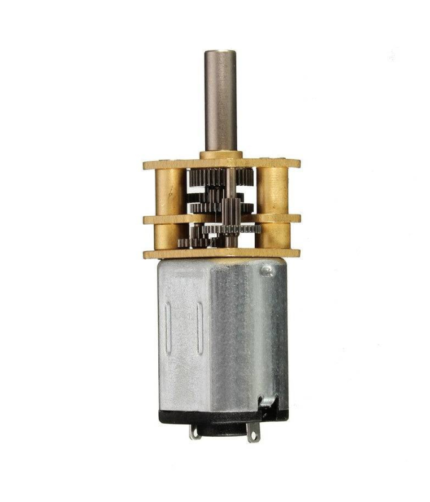
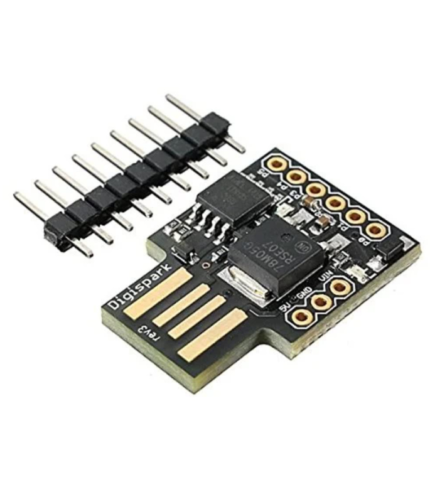

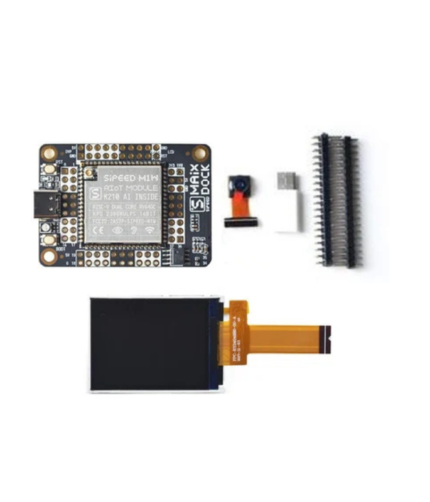

Reviews
There are no reviews yet.